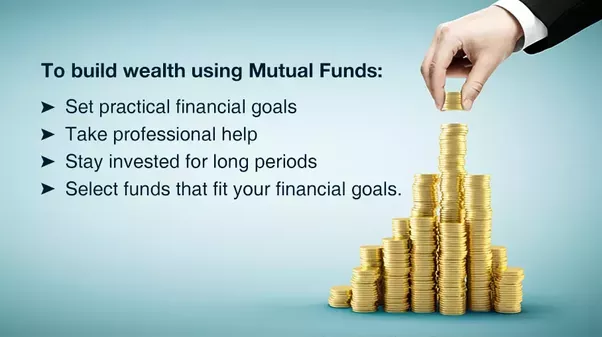The past two installments about Mutual Funds have been an overview to make you familiar with the terms, rules and opportunities available. You can invest money in mutual funds two ways as mentioned in previous articles. First is in an investment account where there is no limit to how much you can put in, though there are minimums set up by fund companies, and all gains and losses are taxable. The Second again is in Pension accounts of any sort but here there are limits by the government or the companies that run the plan at your employers. The decision on what types of mutual funds will go in them is made by looking at a complete picture of your age, income, marital status, health, and other pension and personal investments and, as always, your level of risk and financial goals.
The basic types of Mutual Funds start with two types: Stock or Bond investments.
Stock Funds buy only shares of stock from the stock markets in companies that match the fund type. The types vary from the size of the company in value, the products or services it sells, the location where the corporation sells and whether the company stock is rated as a growth or income producer.
Bond Funds buy only bonds from corporations or governments. They are taxable and non-taxable depending on the operation issuing the bond. If a government or a municipal agency issues bonds the interest they pay is tax-free to you. Because they are tax-free and come from safe borrowers their interest is lower than taxable bonds because your risk of loss is lower.
Corporate bond interest is taxable unless a Utility like ConEd uses the money for capital improvements etc. and the State government allows them to pay less inter
est to save money and then not charge you income tax on the interest. There are many grades of corporate bonds depending on the strength of the company. The weaker the company the higher the interest they pay out.
Governments (local, state and federal govt) all pay lower interest since you don’t have to pay tax on the income and are considered the safest. These are really for people in high tax brackets (they save more in taxes than they ‘lose’ in lower interest) or people who don’t want a lot of risk but hope to get more interest than banks, such as retired people.
Since everyone has slightly different needs, goals and risk levels these two basic types have many sub-types that are designed to fit your particular situations. You may see them in your pension reports or magazine and newspaper articles about investing.
There are Blended Funds that own a mix of value and growth stocks. They give diversification among value and growth investments in a single fund, rather than owning a few different Stocks Funds of both types. These can be used for people with lower amounts of available money looking for income of both types and also older investors as their risk.
There are Balanced Funds which own both stocks and bonds, usually placing about 60% of their assets in stocks and 40% in bonds. This split is used to lower the risk of owning all stocks by also owning stable bonds which earn less income but have more stability.
My next article will help you understand how to make choices for your future in and out of pensions.
Please meet with a licensed financial advisor to determine the best course of action for you as an individual.




